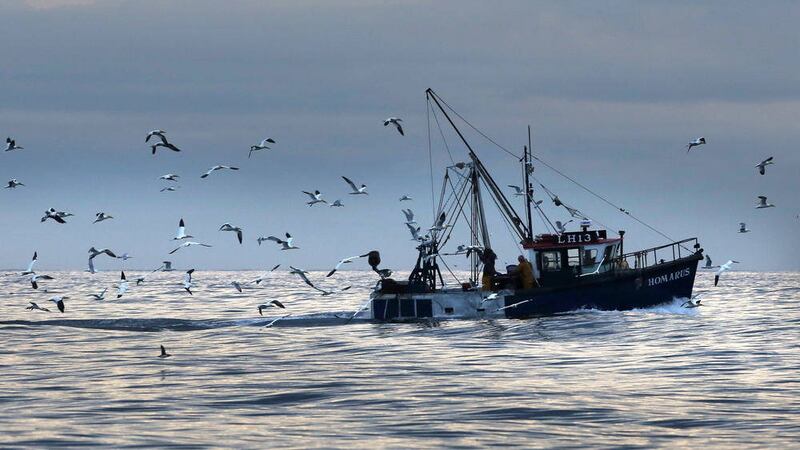FISH may be evolving to swim faster and evade capture in trawler nets, according to research.
Scientists at the University of Glasgow found that fitter fish are better at evading nets and believe that, over time, it could lead to physiological changes in fish populations.
The group used simulated trawling with schools of wild minnows to investigate whether some individual fish were consistently more susceptible to capture by trawling and if that related to performance and metabolism.
The researchers measured the swimming ability, metabolic rate, and indicators of aerobic and anaerobic physical fitness of 43 fish. They then placed them in a tank with a simulated trawling net to identify those most susceptible to capture.
Dr Shaun Killen of the Institute of Biodiversity, Animal Health and Comparative Medicine, led the study. He said: “There is a lot of concern on how overfishing is affecting the abundance of wild fish, consequences for the economy, employment and the ecosystem as a whole.
“But one aspect that is often overlooked is that intense fishing pressure may cause evolutionary changes to the remaining fish.”
“Fish being trawled will try to swim at a steady pace ahead of the mouth of the net for as long as possible but a proportion will eventually tire and fall back into the net.
“Fish that escape trawling are those that can propel themselves ahead of the net or move around the outside of the net. The key question is whether those that escape are somehow physiologically or behaviourally different than those that are captured.
“Most trawlers travel at the about same speed as the upper limit of the swim speed of the species they are targeting.
“While trawling nets can be in the water anywhere between 10 minutes to several hours, whether or not fish enter the net is generally decided within a few minutes of when they end up at the trawl mouth.”
The study is published in the journal Proceedings of the Royal Society B.








